Pa'Gellu Dance, Symbol of the Joy of the Land of Toraja
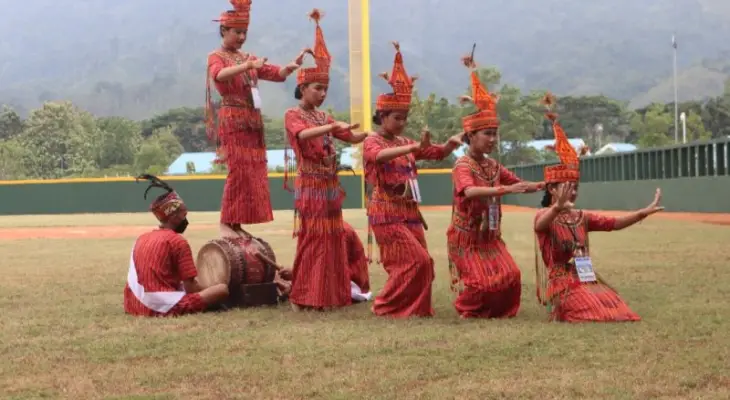
Holiday Ayo - Toraja is one of the areas that are administratively included in the province of South Sulawesi. The majority of the population of this area are Christians, but there are still some who adhere to the traditional beliefs of Aluk To Dolo.
This area can be said to be an icon and barn for tourism in South Sulawesi. Due to the increasing interest of tourists to enjoy the beauty of the Toraja area which is not only beautiful in its natural panorama, but also its ancestral culture is still preserved, one of which is very well known to foreign countries, including the implementation of a traditional death ceremony that is so luxurious and high-cost which is called rambu solo'. Not only that, the Toraja area is also known for the Pa'gellu Dance performance which is usually staged in a series of traditional ceremonies.

source: toraja
Pa'gellu dance is a dance originating from the Tana Toraja area. The pa'gellu dance or known as pa'gellu pangala was first created by Nek Datu Bua', namely when he returned from the battlefield which was then celebrated by dancing with joy. At that time there was no drum instrument so they used a mortar as a dance accompaniment.
Currently in its development, this dance is performed in a series of traditional ceremonies Pa'gellu or ma'gellu, which in the local language means dancing with joy, while the hands and body sway gracefully. This can be interpreted that the pa'gellu' dance is performed with the intention of entertaining the listeners' hearts, joy and joy.
The basic movement of this dance is a picture of life that contains spirit, balance, decency, and also togetherness. The pa'gellu' dance is a dance of joy which is usually performed at happy ceremonies such as the dedication of the house and the reception of guests. The tuka ceremony will always be enlivened by the pa'gellu dance performance, while at the death ceremony the 'solo' sign is taboo to display it.
This Pa'gellu dance is performed by 5, 7, or 9 girls (odd) who have grown up and will also feature 12 kinds of movements. The movement is a representation of the daily activities of Toraja girls, forming a series of stories which are then assembled from one movement to another, starting from birth, the process of life, and the end of human life. Also included are copies of animal movements that are considered to have philosophical meaning and provide valuable lessons for humans.
The music that accompanies this dance is the drumming which will be performed by 3 or 4 men. They will beat the drums continuously and while occasionally shouting special giggles that will add to the excitement of the atmosphere.
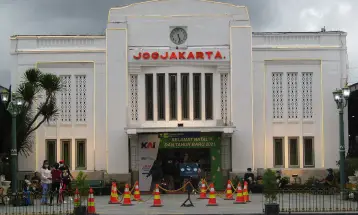

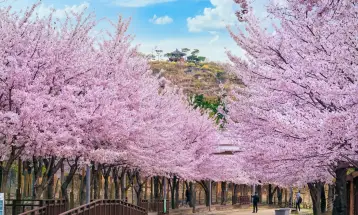

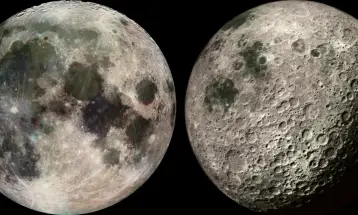
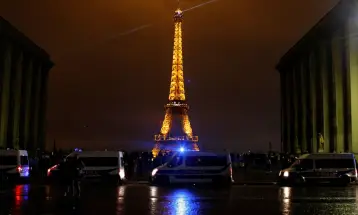
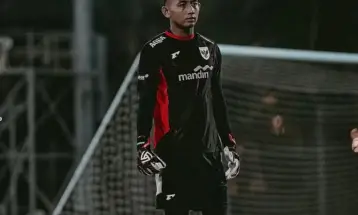

Leave a comment